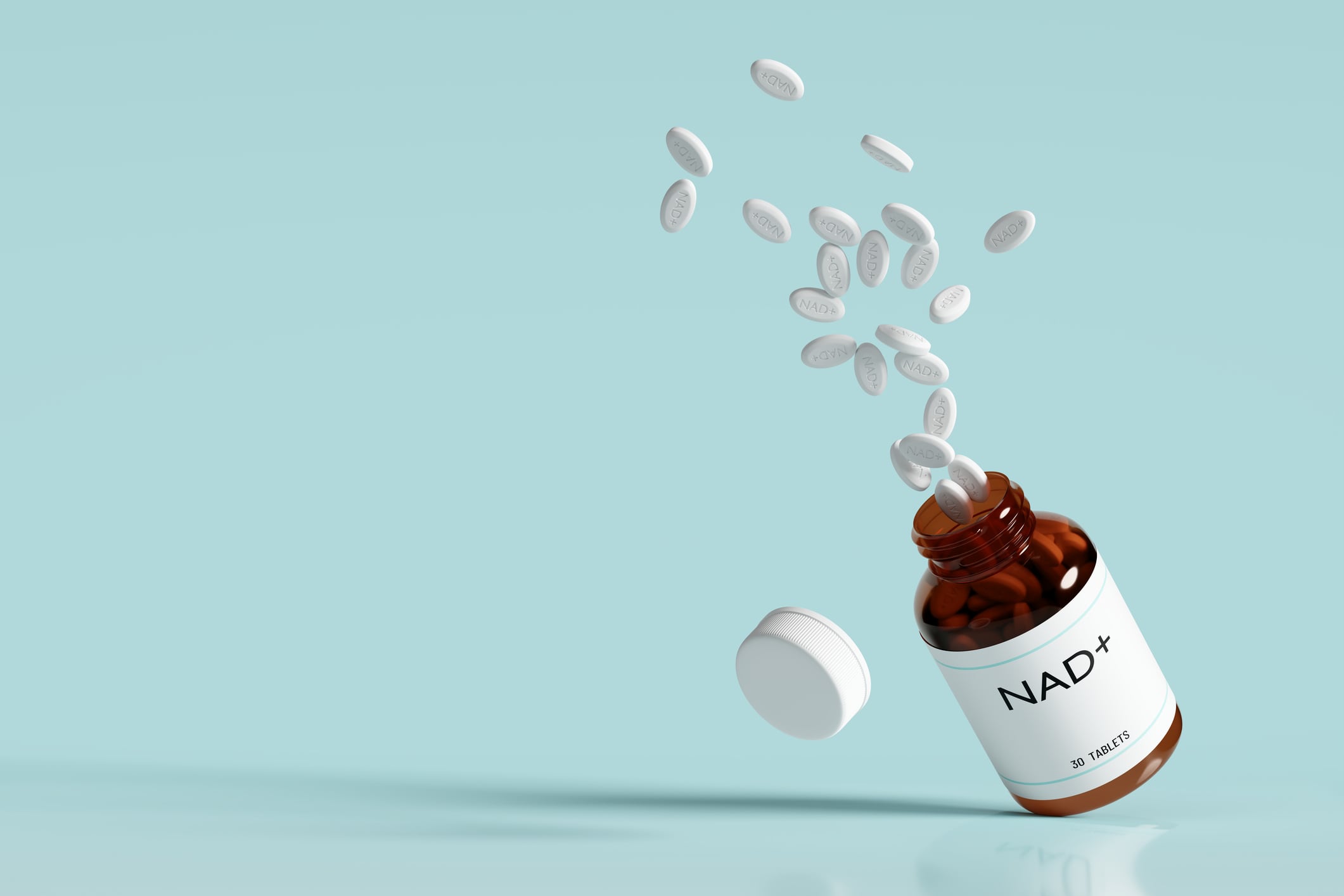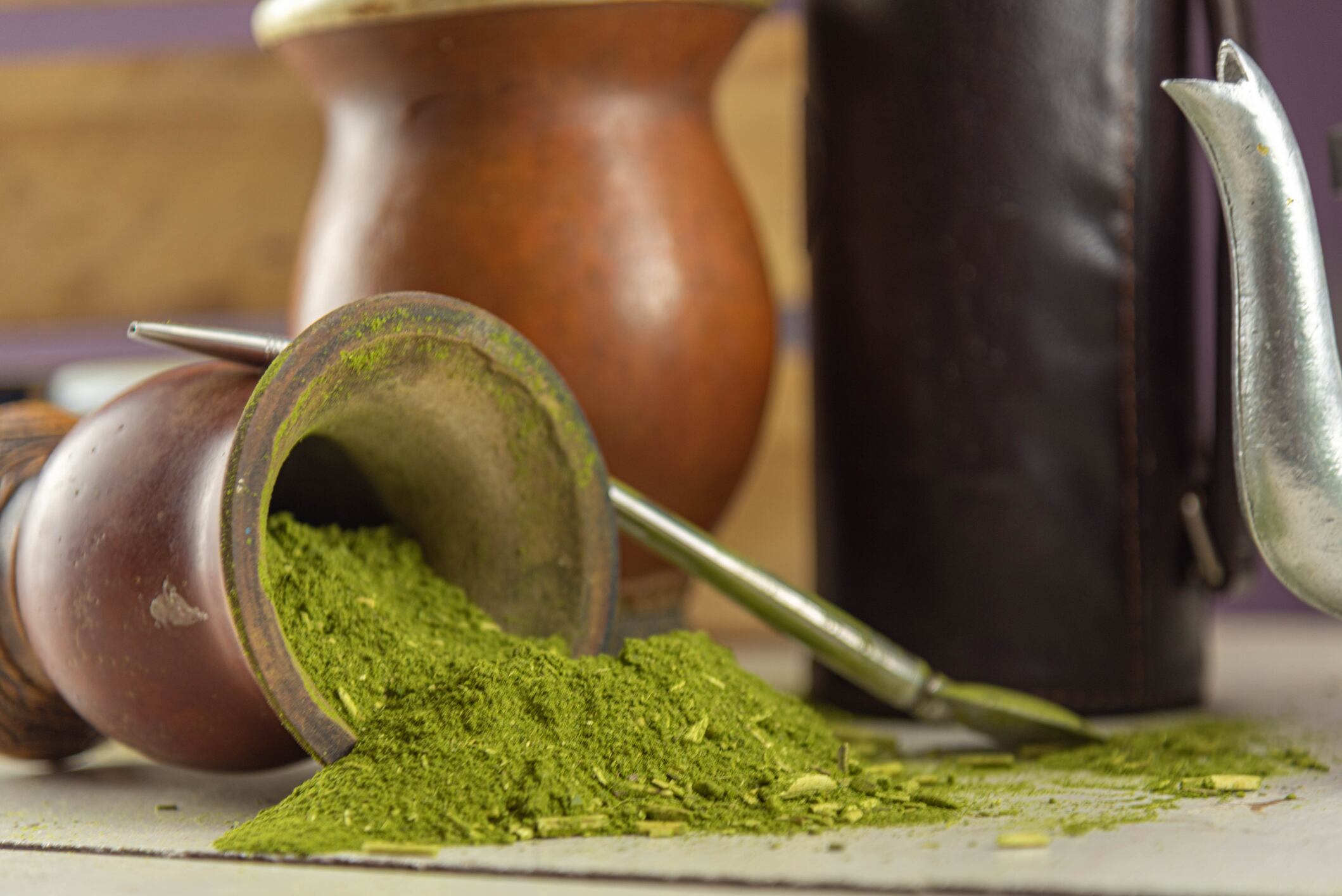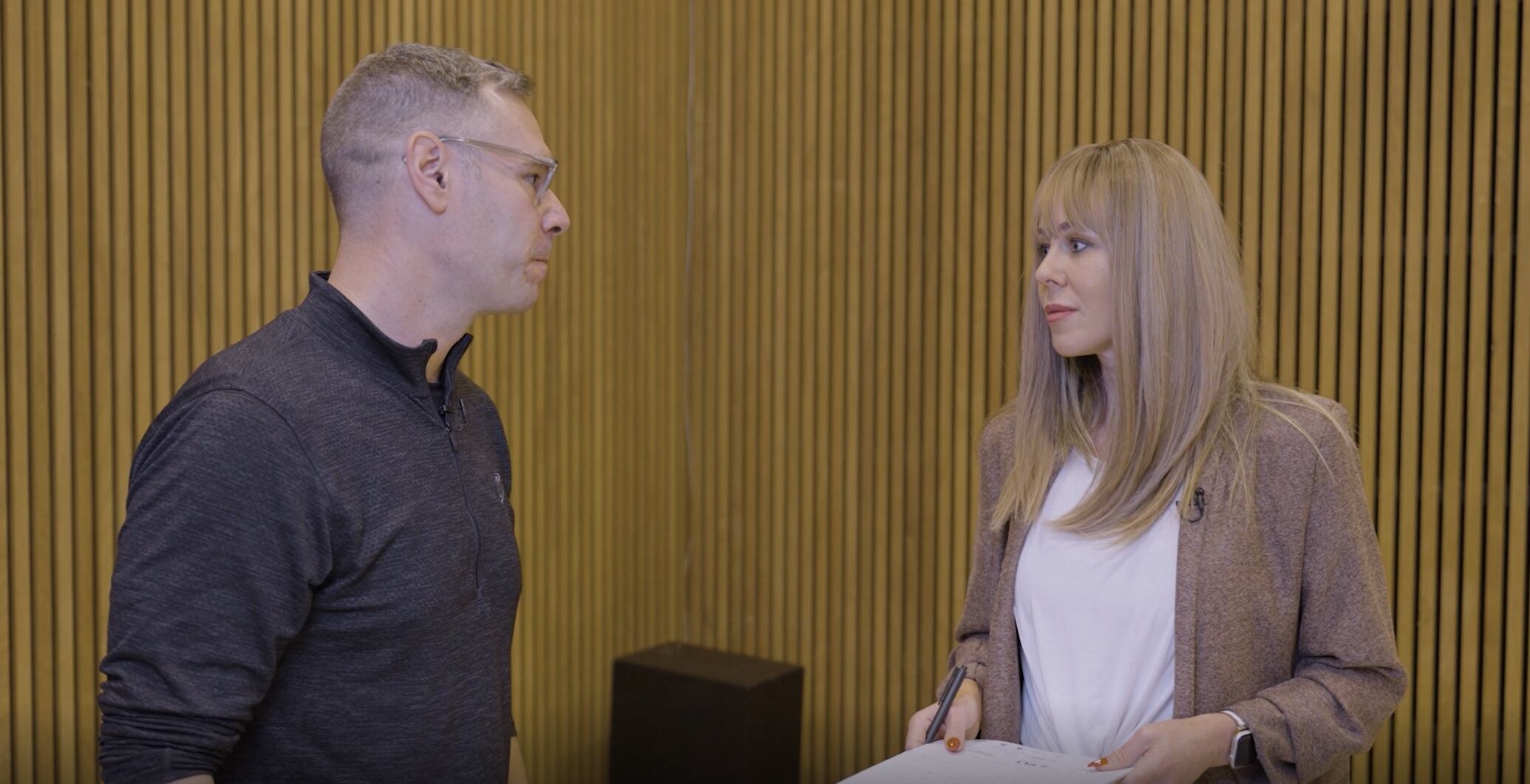Amazon search data tells an even more dramatic story: an 80% decline in shopping searches between late 2024 and mid-2025. This striking divergence signals more than a market correction—it represents the evolution of consumer sophistication in the longevity supplement space.
The tale of two trends
Rising scientific curiosity
Generic searches for “NAD” reveal sustained and growing fascination with the science. Monthly searches climbed from 55,408 in January 2024 to a peak of 129,328 by July 2025—a remarkable 133% increase. Even after seasonal moderation to 108,965 searches in September 2025, interest remains robust. This resilience suggests that NAD+’s biological role continues to captivate public imagination.
Collapsing commercial reality
Yet the purchasing data tells a devastating counter-narrative. Google searches for “NAD Supplement”—a direct indicator of shopping behavior—crashed from 202,838 monthly searches in November 2024 to just 105,527 by August 2025, a 48% decline.
Amazon data reinforces this collapse even more dramatically. Searches on the e-commerce giant plummeted from nearly 900,000 in December 2024 to barely 150,000 by June 2025. This wasn’t merely a Google phenomenon—it reflected actual shopping behavior abandoning the category.
Most troubling for the industry: These purchase-intent searches failed to recover during the traditional supplement buying season, reaching only 153,501 in September 2025, still 24% below their previous peak.
The post-holiday period revealed the true nature of this disconnect. While “NAD Supplement” searches plummeted 43% after New Year’s and remained depressed through summer, generic “NAD” searches dipped only 16% before quickly recovering to new highs by April 2025. The message is clear: Consumers remain curious about the science but have stopped opening their wallets.
The evolution of consumer sentiment
Phase 1: Early curiosity (2021-2023)
The NAD+ conversation began with genuine exploration. Early adopters shared cautiously optimistic experiences—“Three months of NAD IV Therapy and micronutrients now and zero complaints!“—while maintaining healthy skepticism about absorption, efficacy and scientific evidence. The community asked fundamental questions about mechanisms, administration methods and potential risks.
Phase 2: Peak polarization (2024)
The boom year of 2024 saw NAD+ explode into mainstream wellness culture. IV bars proliferated, online brands multiplied and the conversation became sharply divided:
The Believers credited NAD+ with transformative effects: renewed energy, deeper sleep, glowing skin and recovery from chronic conditions. Some attributed almost miraculous benefits to their protocols.
The Skeptics grew increasingly vocal, dismissing NAD+ as “snake oil” and “modern-day placebo.” They questioned aggressive pricing, marketing hype and the credibility of influencer scientists promoting the supplements. The phrase “worth the hype?” became a recurring refrain.
Phase 3: Maturer realism (2025)
Today’s NAD+ conversation reflects hard-won sophistication:
Informed optimization: Experienced users now discuss nuanced protocols—cycling strategies, stacking with precursors like NMN or NR, combining with TMG (trimethylglycine) and resveratrol, and comparing administration methods. A consensus has emerged that injection or IV administration may be necessary for meaningful effects, with oral supplements increasingly dismissed as ineffective.
Realistic expectations: The community acknowledges that NAD+ benefits appear highly individual—dependent on age, baseline NAD+ levels and specific health conditions. Comments like “You’ll love it or feel nothing at all” and “Not snake oil, but not magic either” capture this balanced perspective.
Scientific literacy: Users now cite recent human trials showing modest or absent benefits, question long-term safety and express wariness about commercial interests. The community has learned to distinguish between preclinical promise and clinical reality.
Market implications: Beyond the hype cycle
The education-purchase gap
The widening gulf between research interest and purchase intent reveals a fundamental shift. Consumers no longer buy first and investigate later. They conduct extensive research, compare options and increasingly conclude that expensive NAD+ supplements fail to deliver promised benefits.
The migration to alternatives
Both data streams point to consumers exploring different approaches:
- Precursors over direct supplementation: NMN and NR gain preference over direct NAD+ supplements
- IV over oral: Growing belief that bioavailability issues render oral supplements largely ineffective
- Lifestyle first: Increasing awareness that diet, exercise and sleep may deliver equal or superior benefits
The price-value reckoning
With monthly costs often exceeding hundreds of dollars, consumers are conducting rigorous cost-benefit analyses. Amazon’s search collapse particularly highlights this shift—price-sensitive shoppers who comparison-shop online have abandoned NAD+ en masse. Sentiment data shows mounting price concerns, with many concluding the benefits simply don’t justify the expense.
Looking forward: Industry implications
For manufacturers
The era of easy sales based on anti-aging promises has ended. Surviving companies must:
- Dramatically improve price-value propositions
- Innovate on bioavailability
- Target narrow, evidence-based use cases rather than broad anti-aging claims
- Provide robust clinical evidence for specific formulations
For consumers
The maturing market empowers informed decision-making through:
- Balanced information about benefits and limitations
- Diverse administration methods and price points
- Emerging clinical evidence replacing marketing narratives
- Cost-effective alternatives in precursors and lifestyle interventions
For the longevity industry
NAD+’s trajectory offers crucial lessons. The pattern—initial excitement, commercial explosion, consumer backlash, market correction—will likely repeat unless companies prioritize clinical evidence over marketing narratives.
Conclusion: The new reality
The NAD+ market’s evolution from explosive growth to cautious reassessment represents healthy maturation, not failure. While scientific interest continues to grow, consumers have learned to distinguish between biological potential and commercial reality.
The numbers are unambiguous: 48% collapse in purchase intent alongside 133% growth in research interest. Amazon’s 80% search decline makes the message even clearer. Consumers want to understand the science, but they’re no longer willing to pay premium prices for unproven benefits. With no reversal evident heading into Q4’s traditionally strong selling season, this divergence appears permanent.
For an ingredient once positioned as the key to reversing aging, NAD+ supplements are settling into a more modest role in the wellness landscape. The future belongs to companies that can deliver either proven clinical benefits or dramatically improved value propositions. The days of selling hope in a bottle based solely on preclinical studies and influencer endorsements have definitively ended.
This pragmatic middle ground—neither miracle nor scam—may ultimately prove healthier for both the industry and consumers. A smaller but more informed market, built on realistic expectations and evidence-based protocols, represents the sustainable future of NAD+ supplementation.
Data Sources: Google Search (U.S.) for tracking generic interest and purchase intent; Amazon Search (U.S.) for purchase-intent validation; YouTube and Reddit sentiment analysis
(2021-2025) for consumer discourse trends. Amazon’s July 2025 spike (+392% MoM) is attributed to Prime Day promotions and is treated as a seasonal anomaly rather than evidence of recovery, since the dataset ends in July and the rebound was not confirmed in Google data through September.
Afif Ghannoum is CEO of CPG Radar, whose Signals platform connects consumer demand, clinical research and market activity to reveal both ingredient and category opportunities. By analyzing dosage, category use, search trends and claim patterns, Signals helps stakeholders understand how innovation is evolving across the supplement landscape.



